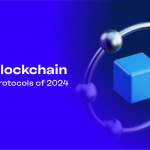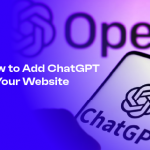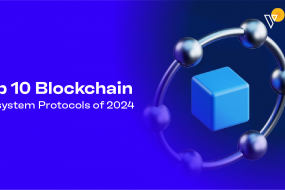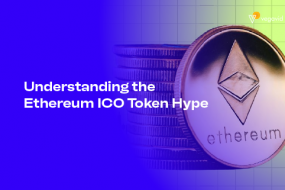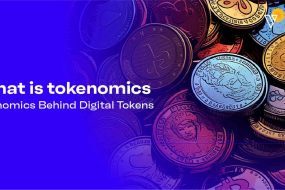
Blockchain technology holds significant potential to revolutionize the education sector by addressing various challenges and fostering innovative solutions. Here are some of the top use cases of blockchain in education:
1. Secure and transparent academic record management:
- Issuing tamper-proof diplomas and certificates: Blockchain can securely store and manage academic credentials, eliminating the risk of fraud or manipulation. This allows for globally verifiable and easily accessible records, streamlining verification processes for employers and educational institutions.
- Tracking learner achievements and progress: Learning pathways and skill development can be documented on the blockchain, providing a comprehensive and secure record of a student’s educational journey. This can empower learners by showcasing their achievements and facilitating personalized learning experiences.
2. Streamlining student identity management:
- Decentralized digital identities: Students can manage their own digital identities on the blockchain, granting controlled access to authorized institutions and individuals. This eliminates the need for multiple logins and passwords, while enhancing data security and privacy.
3. Facilitating secure and efficient payments:
- Streamlining scholarship and grant disbursement: Blockchain can automate and secure the distribution of scholarships, grants, and financial aid directly to student wallets, reducing administrative burden and ensuring timely access to funds.
- Micropayments for educational resources: Blockchain can enable secure and transparent micropayments for online courses, learning materials, and other educational resources, fostering access to a wider range of educational content.
4. Building secure and engaging learning platforms:
- Decentralized learning platforms: Blockchain can be used to develop decentralized learning platforms that are censorship-resistant and user-owned. This empowers educators and learners to have more control over their content and learning experiences.
- Enhanced collaboration and knowledge sharing: Secure and transparent data sharing on blockchain platforms can facilitate collaboration between educators and learners across borders, fostering knowledge exchange and innovation.
5. Incentivizing learning and rewarding participation:
- Rewarding student achievements: Tokenized rewards earned through learning activities or completing educational tasks can incentivize participation and motivate learners. These tokens could hold value within the learning platform or be exchanged for other benefits.
- Facilitating peer-to-peer learning and knowledge sharing: Learners can be rewarded for contributing to online learning communities, sharing resources, or supporting their peers, fostering a collaborative and engaging learning environment.
Challenges and Considerations:
- Scalability and adoption: Implementing blockchain solutions at scale within large educational institutions requires addressing scalability challenges and fostering wider adoption among educators and learners.
- Integration with existing systems: Integrating blockchain technology with existing education management systems and infrastructure can be complex and require significant investment.
- Accessibility and digital divide: Ensuring equitable access to technology and bridging the digital divide remains crucial for ensuring inclusive educational opportunities in a blockchain-enabled ecosystem.
Conclusion:
While challenges exist, blockchain technology presents exciting possibilities for transforming the education sector. By leveraging its unique capabilities, we can create a more secure, transparent, and efficient learning environment that empowers learners, educators, and institutions to thrive in the digital age.



